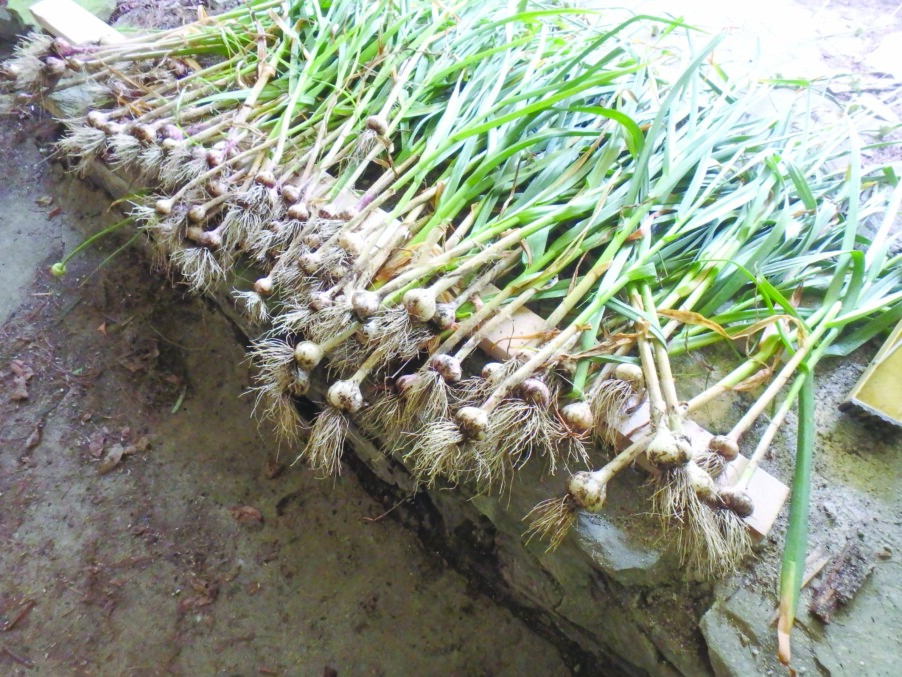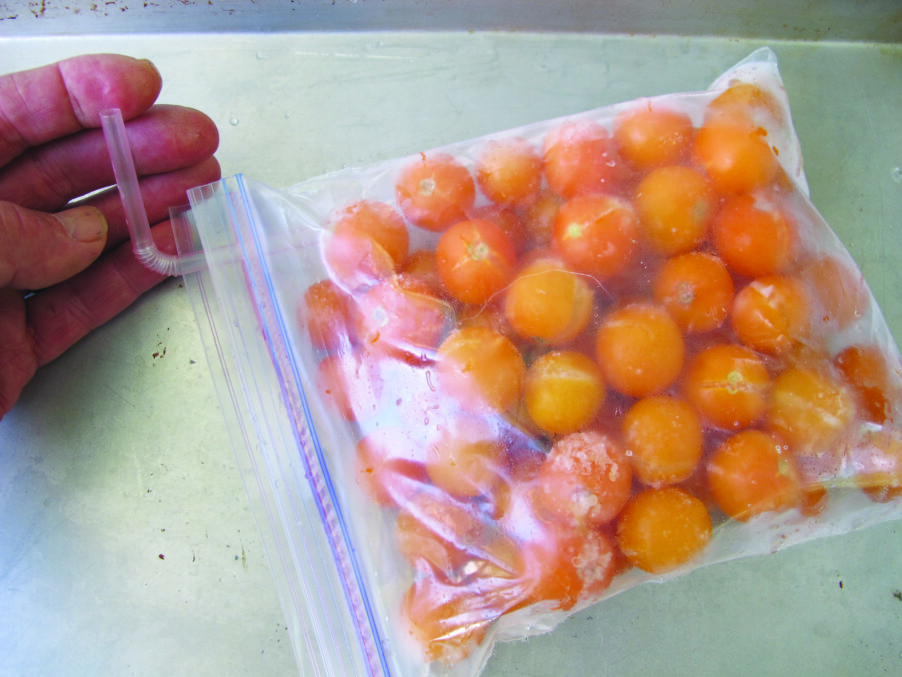Books, seeds and tools for digging in the dirt
I am a bit embarrassed to admit this, but I believed in Santa Claus longer than anyone I have ever met. Fifth grade, maybe sixth. To this day, some 70 years later, I still believe in the mystery and joy of giving wonderful gifts that suit the receiver, things that will surprise and delight the recipient — just as Santa always did for me. Let’s look at some great gifts you might consider for your loved ones this holiday season.
Books are always wonderful gifts. My favorite new book is by Barbara Damrosch, author of the fabulous The Garden Primer. It is called A Life in the Garden: Tales and Tips for Growing Food in Every Season. It imparts lots of information from a lifetime of gardening and farming in Maine alongside her husband, author Eliot Coleman. Along with good information, it has delightful snippets about her life and views. I learned that I can plant rows of carrots just 2 or 3 inches apart — each carrot needs just 4 square inches. I’ve been wasting space! Reading it is like sitting down with a knowledgeable Auntie and listening to stories and tips. Unlike most gardening books, it made me laugh out loud, too. Hardback $40.
Another favorite this year is Plants for the Winter Garden: Perennials, Grasses, Shrubs, and Trees to Add Interest in the Cold and Snowby Warren Leach. Since we have five months or more of cold, this book is very useful. Leach is a prize-winning garden designer, and his book is nicely illustrated with lots of photos and useful information. Hardback $40.
I would be remiss if I didn’t mention that I have re-printed my book Organic Gardening (not just) in the Northeast: A Hands-On Month-by-Month Guide. It is a collection of my articles gleaned from 10 years of this column. Each of the 12 chapters has eight articles relevant to a month in the garden. Get a signed copy by sending $24 to Henry Homeyer, PO Box 364, Cornish Flat, NH 03746.
It’s not just regular visits to the garden that make a good gardener: It’s also tools. Good tools make gardening more efficient, less work and more fun. Every year I mention my favorite weeding tool: the CobraHead weeder (www.CobraHead.com). It is a curved single-tine weeder that easily gets under weeds and allows you to tease out all the roots. Mine is a steel extension of my hand, and I use it for planting, weeding and more.
New to me this year is the 10-tine bedding fork. The one I use is made by Ames and comes with a sturdy wooden handle (which is better than fiberglass, I believe). Originally made for cleaning manure out of stalls, it is perfect for moving mulch, wood chips, straw and compost. It can also be used to smooth out the mulch after spreading it.
Watering cans are often a disappointment. I no longer will buy plastic ones — the material often breaks down in the sun after just a few years. But good galvanized metal watering cans can be expensive and are not often sold at your local garden center or hardware store. Here’s what to look for: Get one with a handle that runs from the front to the back of the can. This allows you to easily carry it and to water with one hand. Handles going from side to side require two hands. Size is important. I like big: 2.5 gallons. Smaller people may want smaller cans. Water weighs 8 pounds per gallon. Make sure the rose (nozzle) is removable for cleaning out leaves. Mine is antique, and you might find a good one in a second-hand store.
Seeds are good stocking stuffers and offer friends new varieties to try. I started cardoon seeds indoors under lights this year, starting in early February. At maturity the plants stood up to 3 feet tall with handsome gray-green leaves. Best of all, the ribs of the leaves, when cooked properly, taste just like their relative, artichoke, and provide much more food. Got a favorite winter squash? Give a packet of seeds. Kohlrabi is another lesser-known veggie with seeds you might give to a friend to try.
Heirloom, self-harvested tomato seeds you saved can also be shared if your recipient is willing to start seedlings indoors. Or give seeds from your favorite annual poppies or morning glories.

My wife Cindy and I are committed to minimizing our use of plastic, both for the environment and for our health. Plastic is a petroleum product and has been found to exude micro-particles of plastic that we ingest. If you agree, think about buying glass containers for leftovers and store purchases. I get all my deli meats wrapped in paper and transfer them to glass containers when I get home. I recently solved the problem of how to keep bread fresh from the bakery without using a plastic bag for storage: King Arthur Flour makes cloth bags with an inner bag of waxed fabric. It really works!
Fend Off: Deer and Rabbit Repellent is another good gift. A package contains 25 small cylinders with a close pin attachment. They contain garlic oil and last all winter! These really work for me.
A gift certificate to your local, family-run gardening center is another great choice. It helps them make it through the winter, and it provides choice for your loved one.
Henry can be reached at henry.homeyer@comcast.net. His column appears here monthly.






